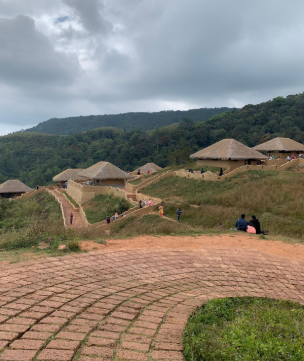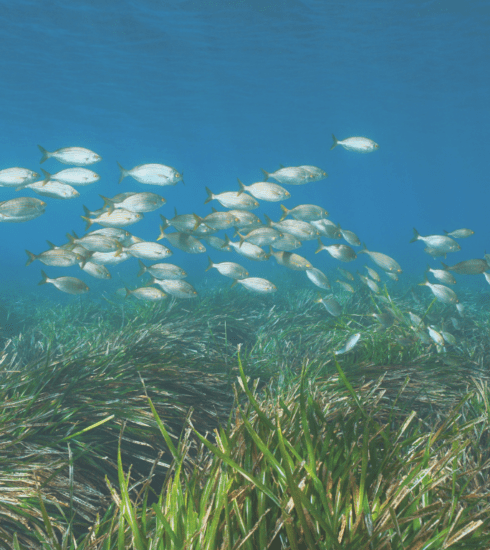Ocean SOS: The Truth About the Marine Crisis & Its Solutions
SDG 14 is about taking care of the ocean; keeping it clean, alive, and full of fish. But right now, the sea is having a tough time. Big nets are scraping the bottom like giant rakes, and oil and mining companies are eyeing deep-sea minerals needed for batteries and EVs. Marine animals are losing their homes, and many “protected areas” aren’t actually protected at all. If we want SDG 14 to be more than a pretty headline, we need real protection, which means stronger MPAs and fewer underwater bulldozers.
Today, the ocean’s lovely blue is getting smudged by human activities like bottom trawling, deep-sea mining, plastic pollution, overfishing, oil spills, chemical runoffs, and sewage discharge. Keep this up, and the sea might just unfollow us— or worse, follow us back with storms, floods, and a very salty attitude.
The Ocean Is Hinting Hard — Are We Listening?
Earth’s oceans hold more secrets than we’ve ever explored — diverse organisms, rare sea animals, vibrant underwater plants, colourful corals, valuable minerals, and rich seabed soils. Scientists estimate there are about 2.2 million marine species in the depths of the ocean, even though only around 240,000 have been formally documented so far. And can you believe that over one-third of marine mammals and reef-building corals are already threatened with extinction?
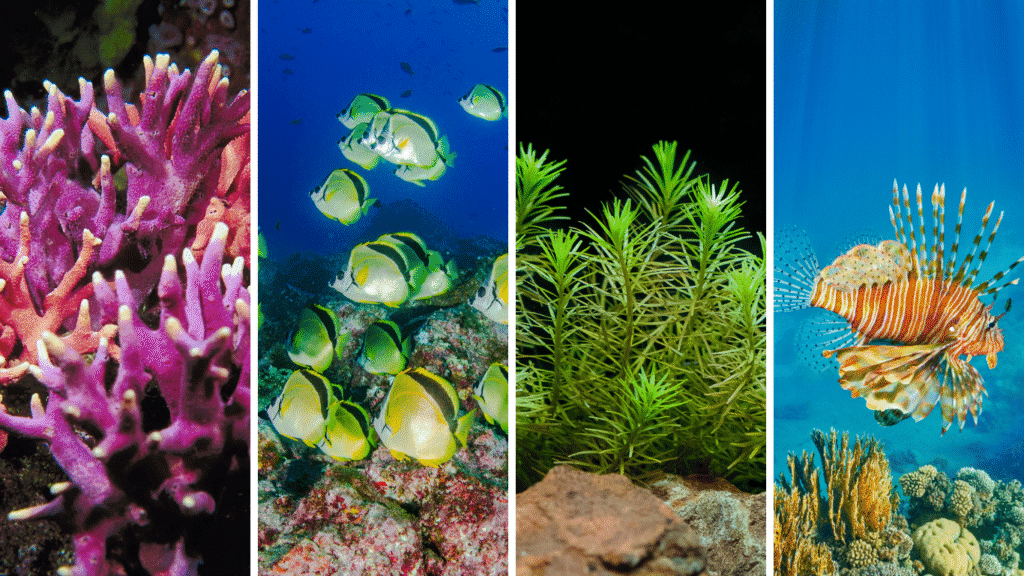
But it’s not just marine biodiversity that’s taking the hit. The ocean itself is showing warning signs. Rising water acidity & temperatures, fading corals, and coastlines edging forward are basically its version of sending us SOS texts. And looking ahead, our best bet is stricter sustainable fisheries management and giving the seafloor a break from all the human adventures.
World Fisheries Day And The Crisis Underwater
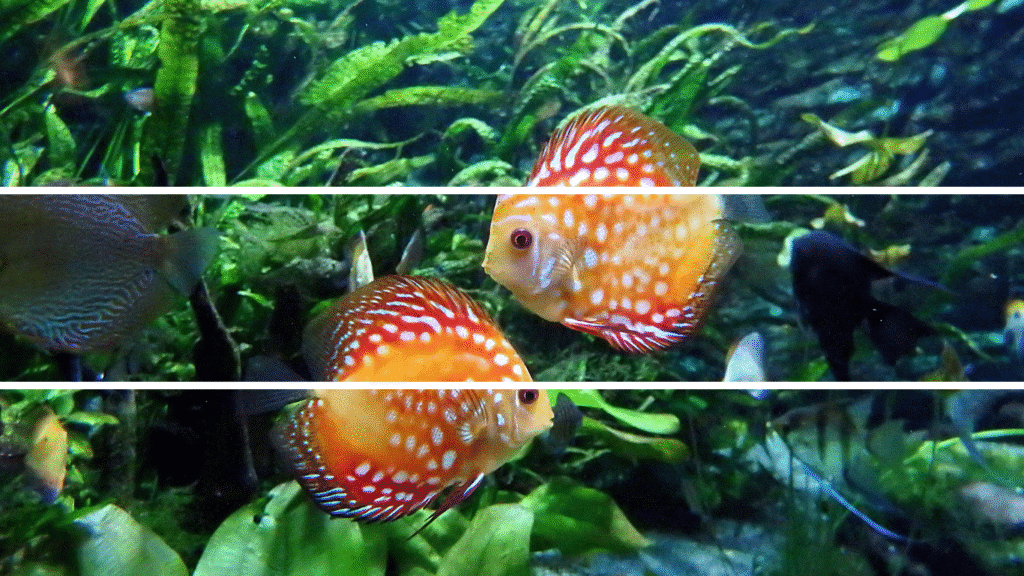
World Fisheries Day celebrates healthy oceans, responsible fishing, and thriving coastal communities. But sustainable fishing is starting to feel like a distant dream. Marine life is struggling with three major ocean-unfriendly human actions — bottom trawling, deep-sea mining, and weak MPAs. Let’s break down how these activities throw the marine ecosystem off balance and how we can start turning things around.
Bottom Trawling: Scooping Up More Than Just Fish
Bottom trawling is when huge weighted nets are dragged across the seafloor to catch fish like shrimp, cod, hake, flounder, and more. But these nets don’t just catch fish; they crush corals, destroy habitats, stir up stored carbon, and scoop up tons of species that were never meant to be caught. The ocean needs time to heal between fishing cycles, and without that break, the damage keeps piling up. Over time, fewer fish return, fewer habitats recover, and the whole system becomes too fragile to stay sustainable.
Saving the ocean from bottom trawling doesn’t mean banning fishing — it means fishing smarter. Stronger regulations, better-managed fisheries, live video checks, and digital maps can keep everyone honest. Add friendlier gear like bycatch-excluders, deep-sea cameras, and trap-door nets that open only when needed, and the ocean can definitely get a break.
Deep-Sea Mining: Digging Trouble in the Deep
Deep-sea mining involves scraping the ocean floor for metals like cobalt, nickel, and manganese — right where some of the ocean’s most delicate, slow-growing species live. We barely even know these creatures, and suddenly we’re kicking up dust clouds, making loud noise, and using blinding lights that could harm them before we’ve had a chance to understand their world.
Deep-sea mining is still in its trial phase. Countries can only explore in their own waters for now — no commercial digging until the UN’s International Seabed Authority (ISA) locks in its rulebook for international seas. Those rules could shape a mining code that actually protects ocean life. Until that’s sorted, the best way to protect the deep is by reducing metal demand through better resource efficiency, circular design, and improved battery-recycling practices, which can further lessen the push toward deep-sea mining.
MPAs: The Illusion of Safety at Sea
Marine Protected Areas (MPAs) are supposed to give ocean life some breathing room. Essentially, they are designated ocean zones where fishing, mining, drilling, or other activities are restricted to conserve biodiversity, rebuild fish populations, safeguard important marine habitats, and maintain healthy ocean ecosystems.
MPAs only work when they’re built well and supported. Many fall short because they’re too small, underfunded, or affected by harmful activities in buffer zones. With better planning, stronger rules, and support from governments, communities, and scientists, MPAs can actually protect ocean life for the long run.
The Ocean Has Spoken — Now It’s Our Turn
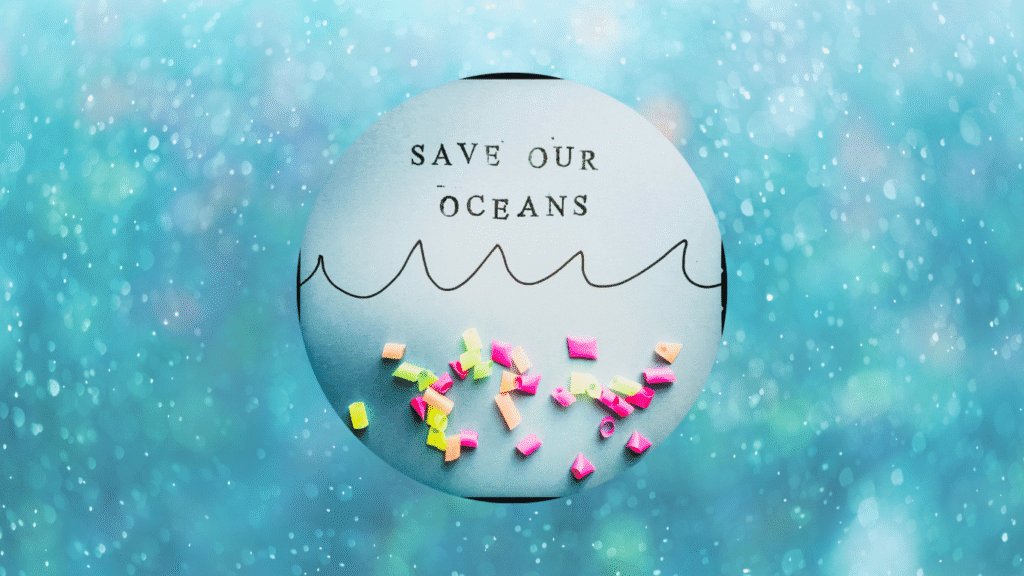
Oceans have carried life for billions of years, and now they just need us to ease up on the scraping, drilling, and overfishing, and double down on protecting, planning, and recycling. If we treat the ocean like a partner, it’ll keep doing what it does best: feeding us, grounding us, and proving that blue is the planet’s finest colour.
So here’s the call: policymakers, step up; governments, back it with action; corporates, rethink business-as-usual. And the rest of us? Let’s keep the conversation loud.
If we want blue seas tomorrow, we’ve got to back them today. If you’d like to dive deeper into India’s Fisheries Policy, you can explore more on the Department of Fisheries website.
References:
https://oceancensus.org/how-the-census-works/the-mission/
https://sustainablefisheries-uw.org/bottom-trawling-sustainability/
https://seas-at-risk.org/what-we-do/ocean-use/saving-deep-sea-from-mining/
https://www.wri.org/insights/deep-sea-mining-explained
https://www.marinebio.org/conservation/marine-conservation-biology/marine-protected-areas-mpas/



